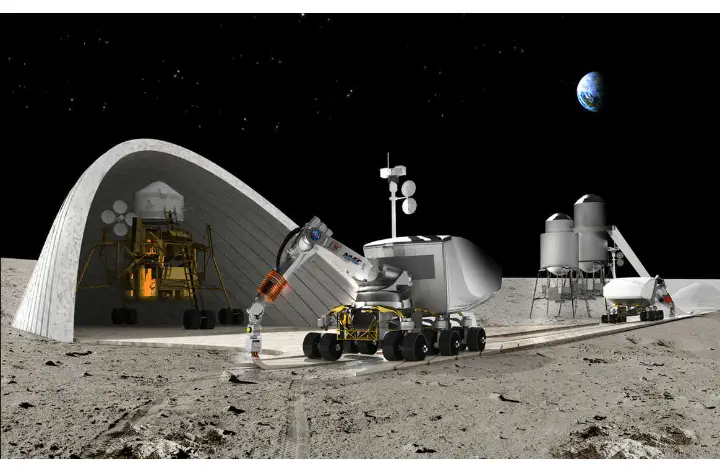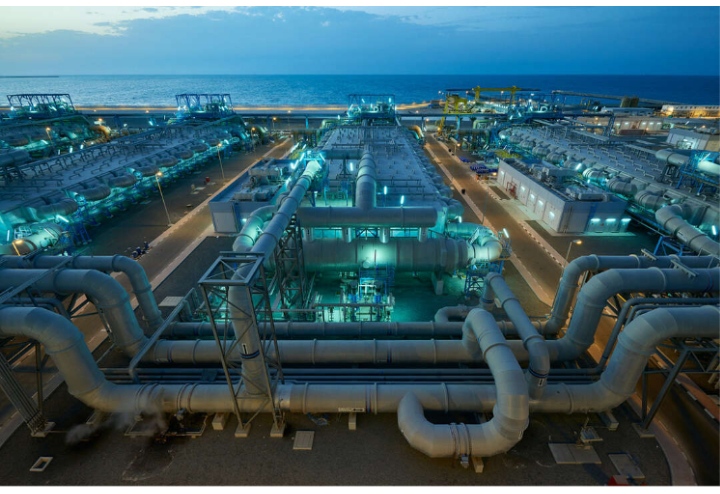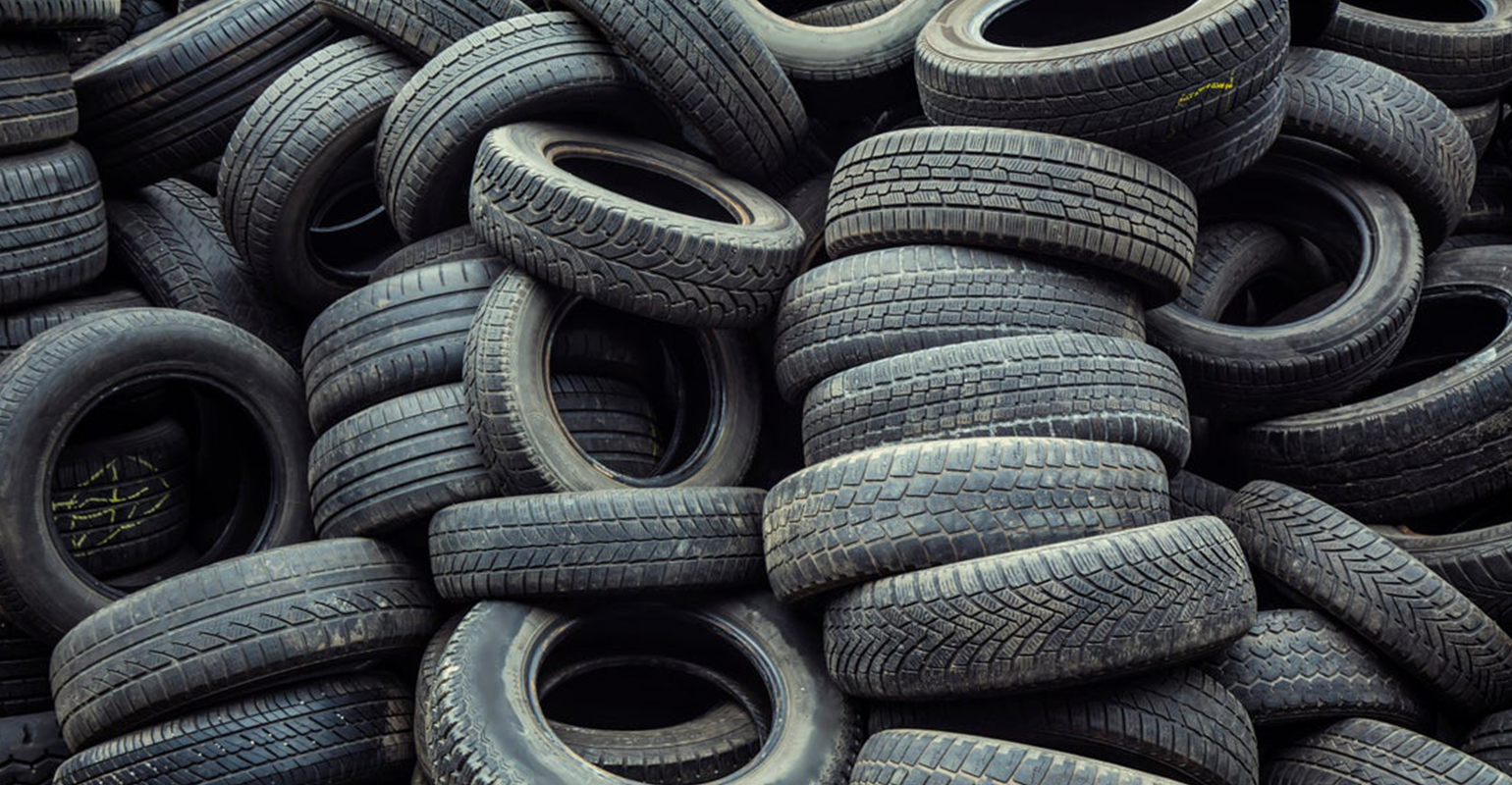Long-term lunar habitation requires a place to reside, but transporting building supplies and other resources from Earth to the lunar surface is quite expensive. NASA hopes that the housing business ICON can develop a solution in this area.
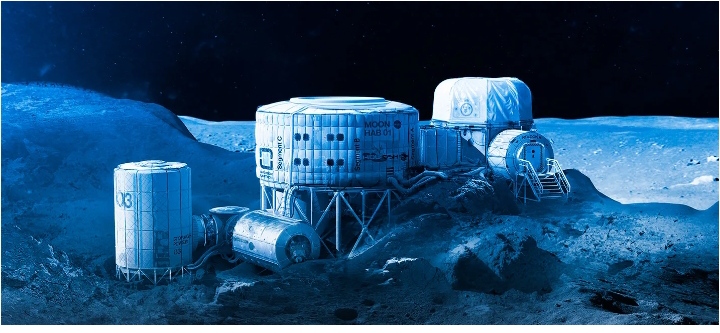
Twardowsky’s moon habitat-Image courtesy of Aerospaceguide
NASA’s Small Business Innovation Research program has awarded the Houston-based business a $57 million contract to build a lunar construction system that uses lunar resources.
ICON constructs homes and military barracks using 3D printing robots and software on Earth and thinks it can do the same on planets like the moon and Mars.
Awarding ICON.
ICON is a leader in the use of cutting-edge building technology on Earth. For instance, the business constructed the first 3D-printed home in the US with all necessary permits in 2018 and has since supplied entire communities of them in both the US and Mexico.
The business began Project Olympus in 2020, believing that its technology may aid in constructing vital infrastructures such as highways, homes, and landing pads on the moon and Mars. NASA will employ Mars Dune Alpha, a simulated 3D-printed Red Planet habitat, which ICON has already created as a prototype to prepare personnel for extended missions.
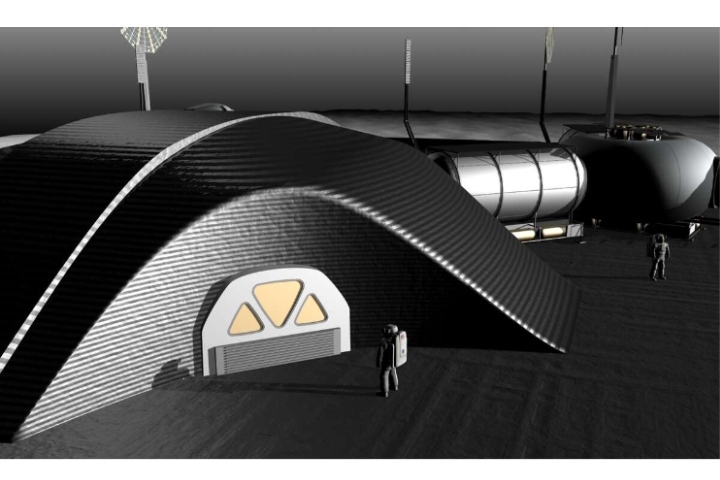
The recently announced NASA contract, awarded through the organization’s Small Business Innovation Research program, would aid in the company’s technological and operational development. According to company executives, ICON intends to utilize the funding to study how lunar dirt, or regolith, reacts in lunar gravity using real and fake samples returned by the Apollo missions.
Additionally, the business will use a space mission that simulates lunar gravity to test its hardware and software. If everything goes as planned, there will be a trial that is even more ambitious.
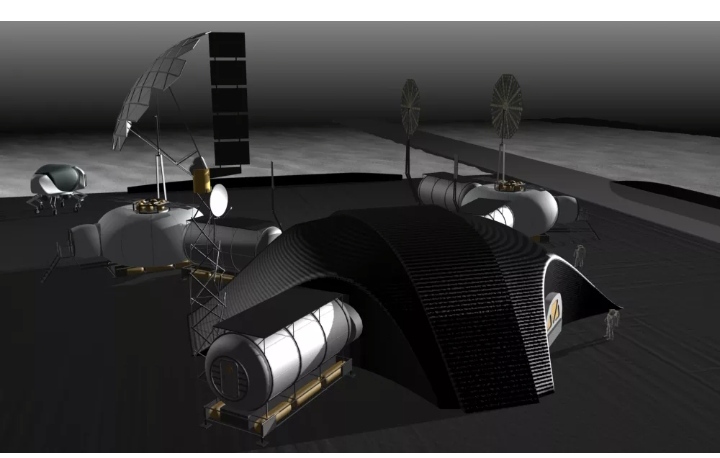
Niki Werkheiser, director of technology maturation at NASA’s Space Technology Mission Directorate, said in the same statement: “To explore other worlds, we need innovative new technologies adapted to those environments and our exploration needs. With the help of our commercial partners, we can further this development and develop the capabilities we’ll need for subsequent missions.”
According to a statement by Ballard, “the eventual delivery of this contract will be humanity’s first construction on another globe, and that is going to be a fairly extraordinary achievement.”
At NASA’s Johnson Space Center, ICON has constructed a 3D-printed housing using mimicked Martian materials. Crew Health and Performance Analog, or CHAPEA, program analog Mars trips will use the 1,700 square-foot home. Four crew members will reside in the replica Mars habitat at JSC for up to a year, starting in the summer of 2023.
Project Artemis.
The fact that NASA is interested in lunar construction technologies is not surprising, given that the space agency’s Artemis program aims to create a long-lasting human presence on and around the moon by the end of the 2020s.
On November 16, Artemis 1 was launched, carrying an uncrewed Orion spacecraft to lunar orbit. On December 11, Orion is scheduled to return to Earth through an ocean splashdown.
Ways 3D Printing Could Transform Space Travel
Making 3D Space Stuff
The capability of 3D printing to create challenging-to-build products is a significant benefit. The ball makes an excellent building material for objects like ultralight satellites due to its rigidity and lightweight. The cleaning procedure has to be improved because leftovers from the metallic beads used to clean the 3D-printed object are still inside.
The Possibility of ‘Impossible’ Things
Using 3D printing, computer-generated designs may come to life. In contrast to “subtractive manufacturing,” which often entails cutting an object out of a single block, “additive manufacturing” (AM) involves printing layers on top of each other to create an object. By designing on a computer, creators can build anything that can be printed, and the computer will then digitally disassemble the virtual model to plan its physical creation. Melting powder or wire materials in plastic or metal can be used for printing.
Transfer of Computer Designs to the Real World
The design rules as they currently stand may be altered entirely by additive manufacturing. According to Laurent Pambaguian of the ESA’s Materials Technology Section, conventional design practices frequently involve finding how to provide cutting tool access to the bulk portion and remove extra material to reveal the finished product. Although additive manufacturing doesn’t remove all constraints, it does enable individuals to abandon the conventional “design for production” mindset in favor of “design for need.”
New Design Guidelines
Space exploration projects might benefit from using 3D printing to get over the conventional issue of needing fewer but very well-made parts. Even though the providers only offer it in tons, it is frequently only necessary to use a few pounds. Other procedures, such as metallic injection molding, are still inaccessible. Only manufacturing 100,000 pieces from the mold might be sufficient to justify the cost of the mold economically. That expensive method could be replaced by additive manufacturing.
Reduced Volume Equals Lower Overhead
For ESA engineers, additive manufacturing is now a part of their daily work. Future space missions can be quickly planned by the space agency’s Concurrent Design Facility using networked computers and multimedia capabilities. They can quickly create a size replica of their virtual spacecraft using the same plastic as Lego blocks if they add a plastic 3D printer to the mix. Other engineers have refurbished or repaired full-scale equipment in the ESTEC Test Centre, Europe’s premier collection of spaceflight simulation facilities, using metallic 3D-printed parts ordered from outside companies.
Modelmaking Is Quick and Easy
By replicating products that have already flown in space, ESA materials engineers may build confidence in 3D printing’s capacity to attain the stringent quality requirements required for space missions. A titanium replica of a stainless steel “woov” (on-off water valve) used as a plumbing part on the ESA’s Columbus module of the International Space Station was the first item made in 2009. The wool had a weld as well as thick and thin walls. The weld, a weak area, could be removed from the 3D printed version, and by switching the material, the item’s mass was decreased by 40%.
3D test items
A radio-frequency filter with an internal silver coating, typically made by bolting two parts together, had its mass lowered by 50% and its manufacturing time shortened by several weeks. An antenna support strut’s bulk was decreased by 46%. Its interior geometry widened due to the silver coating’s ease of application compared to sharp edges, demonstrating another benefit of 3D printing.
Alternative Hypotheses Tested
Because lattices have a far larger surface area than solid objects, more radiative cooling is possible. Similar 3D-printed lattices might be used to create more robust thruster catalyst beds or “propellant management devices,” sponge-like components that sit within propulsion tanks and maintain regular thruster performance by preventing bubbles.

